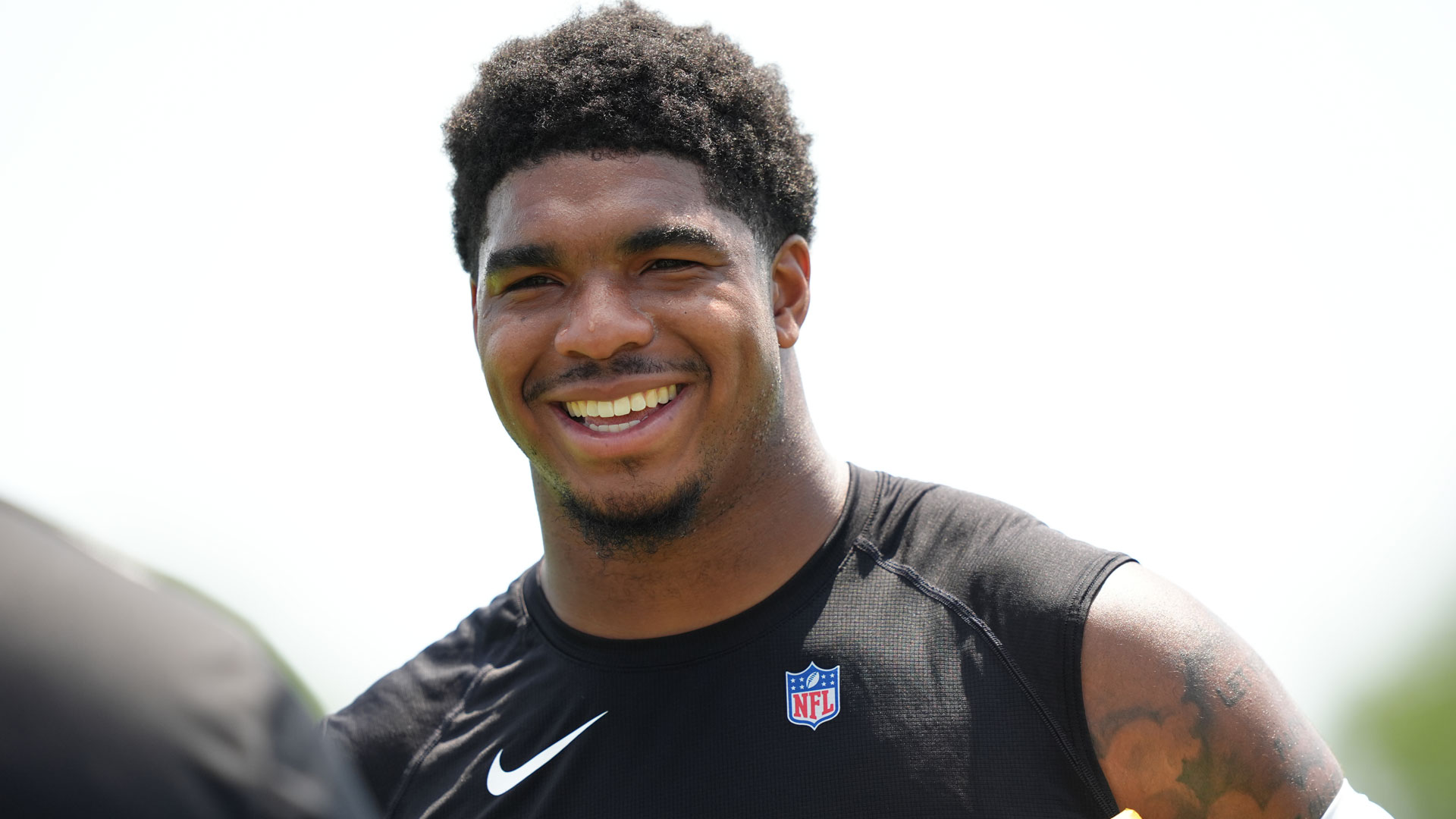
As a manager, Gabe Kapler is all about exploring any method he can to win, whether that means pinch-hitting for a member of his starting lineup in the fourth inning or having his fielders use index cards to determine their defensive positioning.
So it came as no surprise before the Phillies’ game against the Marlins Saturday when Kapler said he’s considered using an “opener,” or having a reliever start the game. Kapler also said the team has discussed “piggybacking,” a strategy several MLB teams have used which involves pairing a starter on a pitch count with a middle/long reliever.
“Openly, we’ve been discussing 'opener' strategies … and we’ve been thinking about 'piggybacking' for probably the last two months. Nothing has changed recently and in fact, the guiding data points we’re going to use are how our pitchers are performing and how they’re feeling. We’re probably going to say, ‘does Vince [Velasquez]’ stuff look crisp, does it look sharp, is he executing, is he getting results?’ If all those things are intact, we’re not going to put artificial limitations on him, and I think that’s true for (Nick) Pivetta, it’s true for (Zack Eflin), it’s true for (Aaron Nola), and obviously it’s true for Jake (Arrieta).”
Velasquez, Eflin, Pivetta and Nola have already reached career highs in innings pitched this season, which is one reason an "opener" or "piggybacking" strategy might appeal to Kapler in the final weeks of the season. With an expanded roster and stocked bullpen at his disposal, he has the resources available should he wish to experiment.
If their recent performances are any indication, Pivetta and Velasquez might be slowing down. Velasquez has a 6.66 ERA in his last six starts heading into Saturday’s outing against Miami, while Pivetta has a 6.08 ERA in his last five starts.
With a depleted rotation this season, the Tampa Bay Rays have used the opener strategy frequently. It’s an unconventional approach, but one that may eventually catch on across baseball. Kapler thinks it’s a sensible strategy, especially when you have a good idea of the opposing hitters you’re going to face.
“Given a lineup that looks pretty much the same every day and one that features the same four or five hitters in the top five spots, I think there’s some really good tactical advantages that you can get from bringing a guy in specifically to match up with those guys,” Kapler said.
NFL
“However, there’s a balance between what is tactically optimal and what is optimal for the entirety of the clubhouse. And it’s a constant balance between what will help this clubhouse stay confident and strong, and what will be the most optimal tactical decision on the field.”
Kapler said it’s a topic he’s thought a lot about, and that was evident as he explored various versions of the strategy. He even discussed the idea of using an “'opener' for an 'opener,'” or having a right-handed pitcher face a right-handed leadoff man, then going to a second, lefty “opener” if “you’re pretty confident that you’re going to get three lefties in the next five hitters.”
For Kapler, if he were to use the "opener" strategy, it would be because he was confident he could gain a competitive edge. In his opinion, following the unwritten rule that you should let the opposition know your starter several hours before the game doesn’t make much sense, because it would remove that advantage.
“In theory, you could walk up to the plate for the meeting with the umpires with three separate lineup cards,” he said. “If you’re going to use an opener, it doesn’t make a whole lot of sense to allow them to alter their lineup to beat your 'opener.'”


